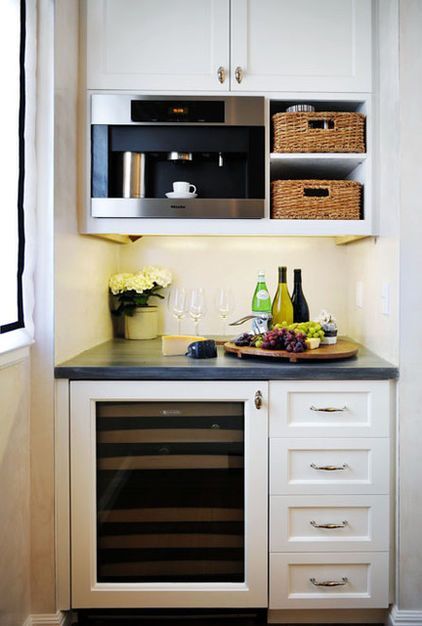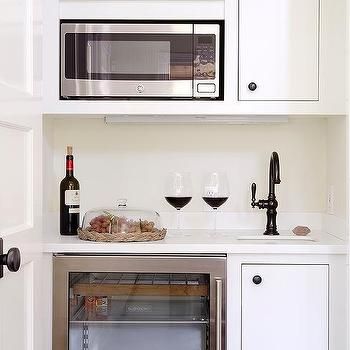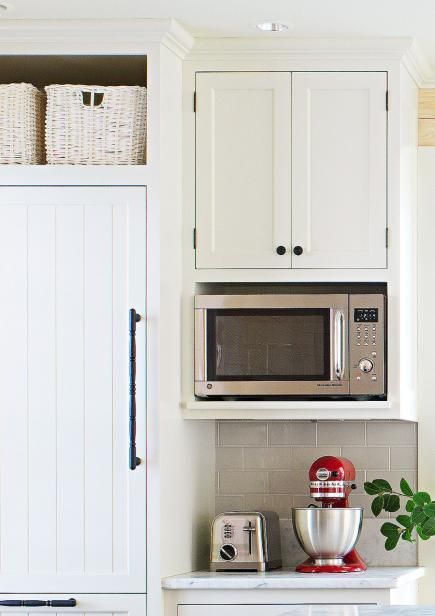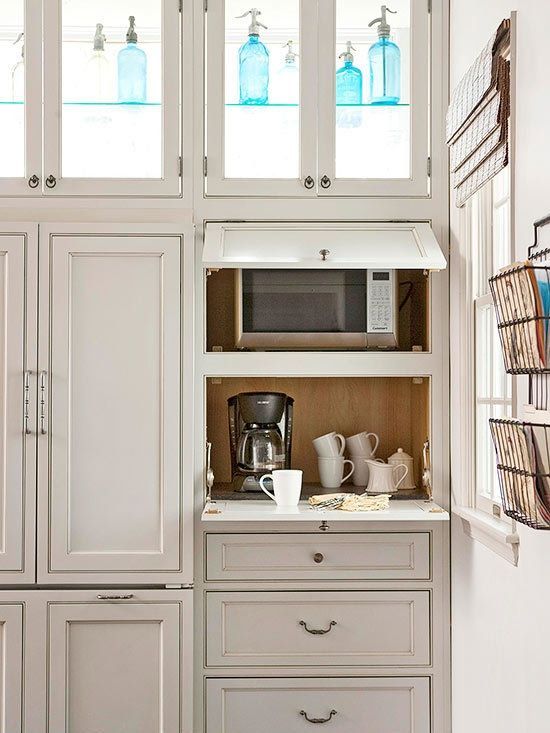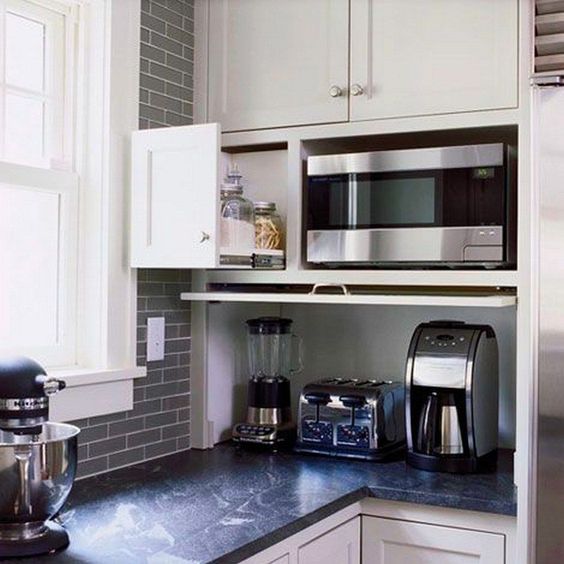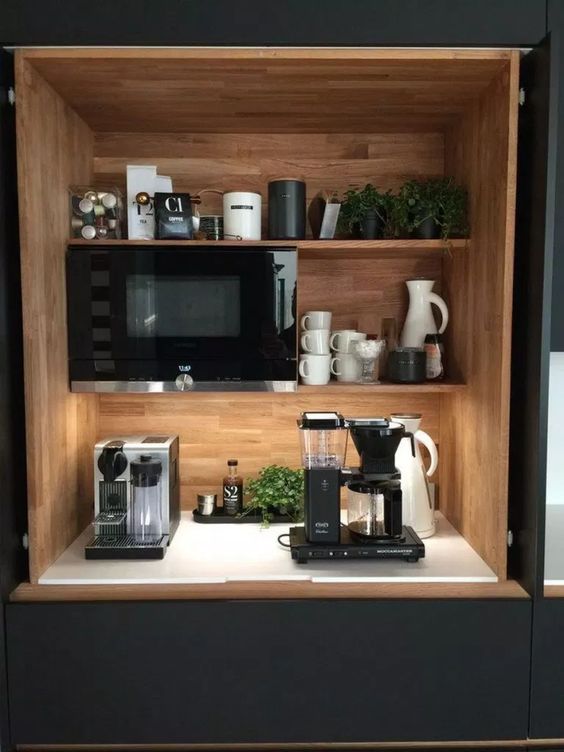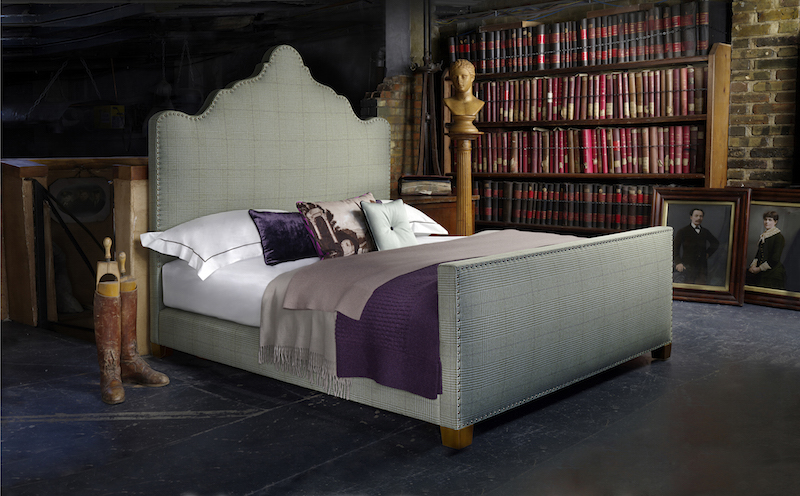What to Consider When Purchasing a New Microwave
Shopping for a microwave can be very challenging, especially when you’re going into the store without knowing all the necessary information you need to select the perfect appliance for your kitchen. Luckily, we’ve pieced together an easy ‘what-to-consider’ guide for you to look into before making your selection. Happy shopping!
There’s more than one type of microwave to choose from.
Microwaves can be inexpensive, but they can also cost you quite a bit of money, depending on the complexity of the appliance. Countertop microwaves generally start around $20, whereas others can go up to a couple of hundred dollars. Let’s take a look at the options you have:
Countertop microwaves: These cost-efficient appliances are the most popular. Not only are they favored among most homeowners, but they’re also the easiest to position in the kitchen. Placing this microwave wherever you want gives you the ability to put it where it can most easily be accessed.
Over-the-range microwaves: These out-of-the-way appliances float over your range, giving you the opportunity to maximize your kitchen space. Remember, these don’t ventilate as well as a normal kitchen hood would, so if you like to cook on the stove a lot, this may not be the best option for your home.
Wall microwave and microwave drawers: These strategically-placed appliances allow you to have more counter space to fit other necessary kitchen items. Though they may require a proper install, they’ll prove their worth for you in the end.
Convection microwaves are great additions.
Yes, convection ovens are great, but convection microwaves are just as great. Technically, convection microwaves are just miniature versions of convection ovens that can cook full meals and bake delicious desserts.
This is the perfect kitchen addition if you do a ton of cooking; you’ll be able to use your oven and stove for certain parts of the meal, while your convection microwave helps you with the rest!
Microwaves are all different sizes.
Microwaves can be as small as .5-cubic-feet, but they can get as big as 1.5-cubic-feet, too. With that being said, you’ll want to break out your tape measure to make sure you select the microwave that fits nicely in your kitchen. Always consider what you’ll be putting in the microwave, too, as this could ultimately lead you to choose a smaller or larger appliance (Hint: Measure your dinner plates and purchase a microwave that they will fit in).
Touchpads do not all operate the same way.
Believe it or not, some microwaves don’t have all those nifty ‘helper’ buttons. For instance, the more affordable appliances tend to have numbers, start, and stop buttons; whereas more expensive microwaves may contain special buttons, like popcorn, frozen pizza, and defrost options.
Be mindful of the more convenient microwave; if you can do without the special buttons, go for the cheaper option. If you constantly use them, spend the few extra bucks.
Sensors are a little more expensive, but they’re worth it.
Sensors are worth every penny, especially considering they heat your meals for the exact amount of time needed. Instead of getting up every minute or so to check if your food is fully cooked, sensors will tell you exactly when your food is ready to eat; it’ll even stop the microwave for you!
What’s more is that the sensors will prevent any food from exploding, saving you the time it would take to clean the mess.
Keep in mind: Wattage is essential.
Think about it this way: The higher the voltage, the better the microwave. You’ll want to shop for a 900- to 1000-watt microwave to efficiently be able to heat and defrost all types of food. If you go for an appliance with a lower voltage, you may run into problems, including but not limited to, longer heating times and inabilities to heat food thoroughly.
Buying a used microwave can save you a ton of money.
Microwaves, on average, last up to a decade. Heck, some last even longer. Knowing that little fact will help you tremendously in your microwave shopping endeavors.
Instead of spending unnecessary money on a brand new microwave, go online and visit Amazon’s website. Purchasing a used microwave will cut your spending in half, if not more, and you’ll most likely be getting an appliance that lasts you several years.
Where should you put your microwave in your kitchen?
Placing your microwave strategically in the kitchen is very critical, especially if you’re trying to maximize the space you have. Consider the following options and choose what set up best fits your lifestyle.
Microwave drawer below the counter: If you don’t have a lot of counter space, you might want to consider replacing one of your drawers with a microwave. Though this may require a proper install, it’ll free up a lot of space for other necessities.
Wall microwave in between cabinets: If your goal is to maximize space but also to integrate a more modern technique in your kitchen, try installing a wall microwave in between your upper and lower cabinets.
Countertop microwave in a cabinet: As long as your microwave has somewhere it can plug into, shoving it inside a cabinet can free up a ton of space. This is also an easy way to ensure you have extra room for food platters when you’re hosting get-togethers.
Over-the-range microwave: Simply put, this microwave will have to be installed just where it says it goes: over-the-range. As previously mentioned, this option will not vent out the heat like a normal kitchen hood would so be aware that it may not be the best choice.
In the island installation: Instead of just having an island in the middle of your kitchen with cabinets and shelves, use this kitchen accessory to be your microwaves home. Not only will this give you more countertop space, but it will also give your kitchen a unique twist.
Over-the-oven microwave: Many chefs adopt this method, and for a good reason. Plus, installing a stainless steel microwave atop a stainless steel oven will give your kitchen a timeless look.
Countertop microwaves: These common appliances can be placed anywhere, be sure to put them in an appropriate, convenient place.


